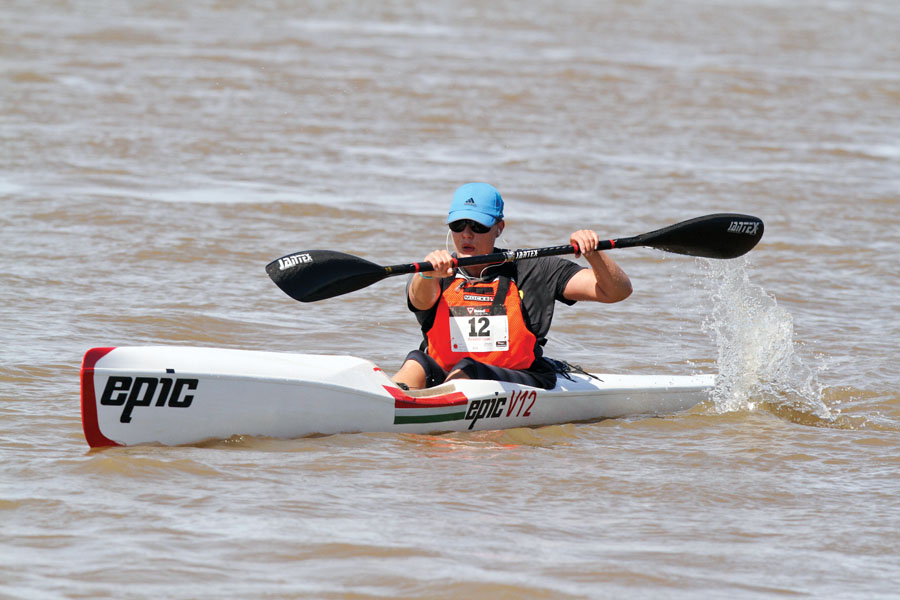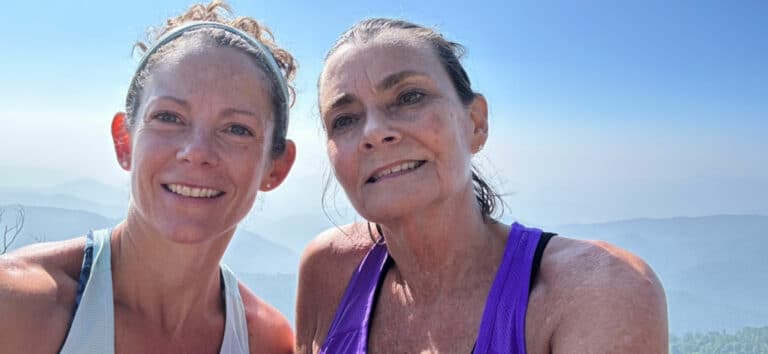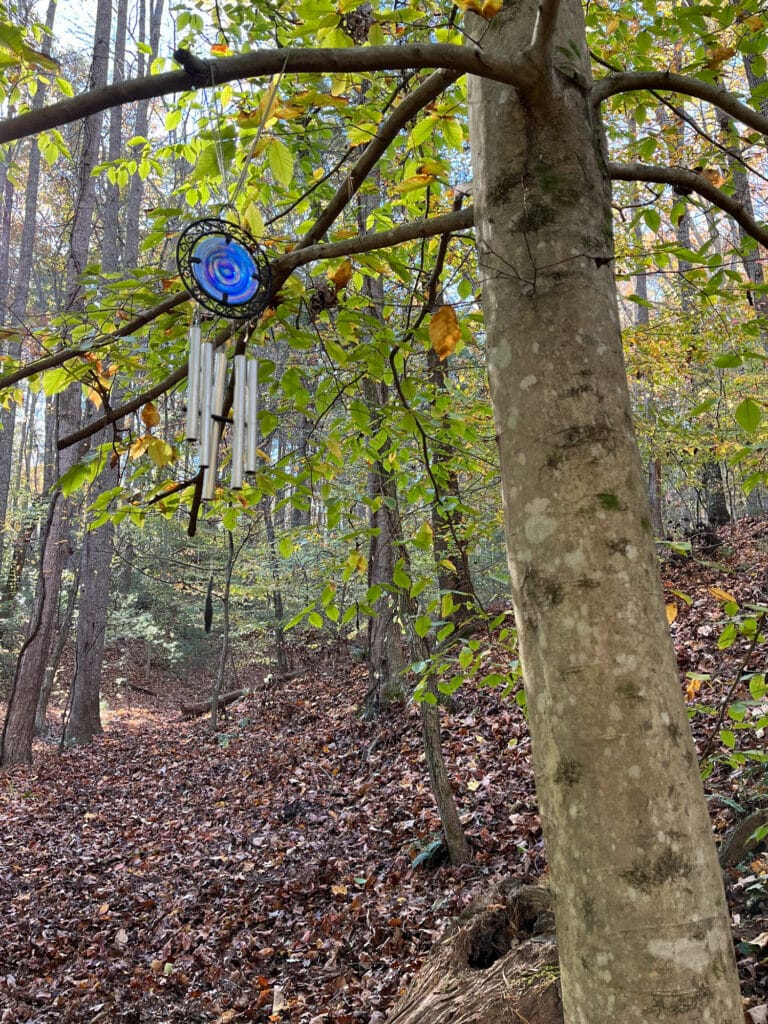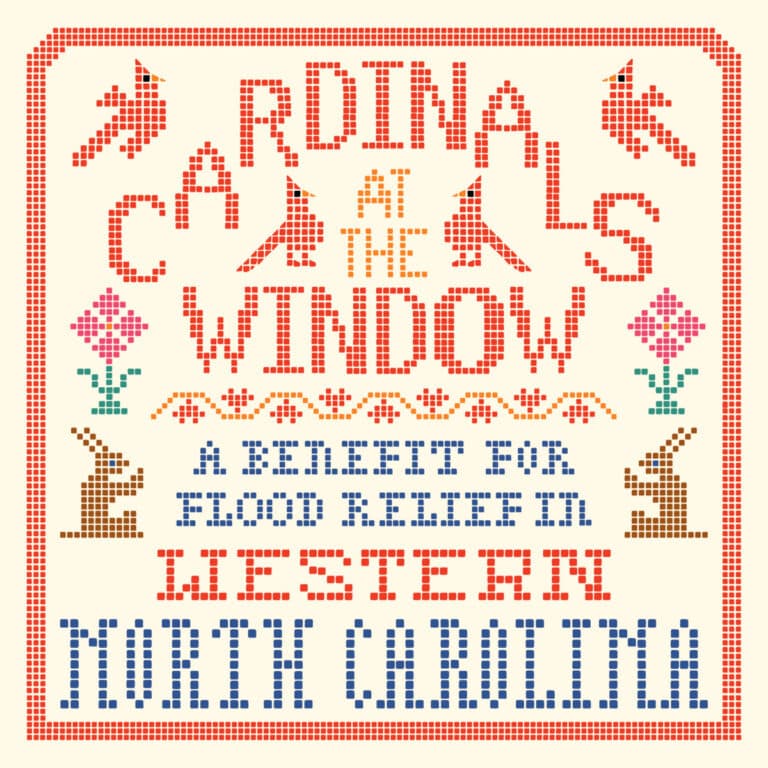Imagine speeding down head high swells two miles from the nearest shoreline in a boat that’s over 20 feet long, no wider than your hips, and a mere 20 pounds in weight. Waves crash from every direction, threatening to tip you out of an already unstable boat. Your shoulders burn from exertion, the palms of your hands crack and blister from the friction. With every stroke you take, you can’t help but wonder if paddling through cement might be easier. But never mind that—when you’re in the middle of a surfski race, your only job is to suck it up, and paddle on.
Originally conceived by a group of friends off the eastern shores of Australia, surfski crafts in the early 20th century were wide and wooden, propelled by hand blades and, later, paddles not unlike those used by today’s stand-up paddleboarders. There was no cockpit in which to sit. By the early 1930s, the surfski began taking on characteristics of a canoe, with the addition of rocker and gunwales, while still maintaining a surfboard’s speed and maneuverability. Paddlers could even stand up on early surfskis and ride them as if surfing a traditional board. The vessel became popular as a lifesaving craft on beaches, which, in turn, eventually lent itself to “surf lifesaving” evolving as a popular competitive event.
Original surfskis were only eight feet long, yet as competitive surf lifesaving grew in popularity, so too did the length of the boats. Paddlers realized that longer and narrower meant faster. Surfskis more than doubled in length while their width was practically cut in half. By the mid-‘80s, waveski surfing was the hottest form of competitive ocean paddling. As high-density foam, and later materials like epoxy and carbon fiber, replaced the heavy cedar planking of early surfski prototypes, the sport took off globally, but only recently has it gained traction in the States.
A handful of Southeast paddlers have started to recognize the versatility of the surfski. Meet three surfski racers who got their first exposure to surfskis, ironically, not at any coastal surf hub but right here in the Blue Ridge Mountains.
David “DJ” Jacobson
When he was 18 years old, David Jacobson, or DJ as he is mostly known, didn’t have aspirations of going to college, earning a degree, and getting a bigwig corporate job with a cubicle office. No, DJ wanted a work environment that afforded a good view and required a dress code of board shorts and Chacos. Fortunately for DJ, the Nantahala Outdoor Center (NOC) offered just that.
“It was possible then to work for the NOC and live pretty cheap and train two sessions a day,” DJ says, which, for an 18-year-old kid with a whitewater addiction, could there honestly be anything better?
DJ then spent the better part of the next decade training as part of the core group of slalom paddlers at the NOC’s Nantahala Racing Club (NRC). He spent summers in Europe, winters in Costa Rica, and even made it to the 1996 Olympics on the United States slalom team. DJ was not your average kayaking bum—by 25 years old, DJ had “retired,” graduated college, and experienced far more international travel than most 20-something-year-olds. Still, paddling was his everything. Without the rigors of competitive slalom training to distract him, DJ was in need of a new challenge.
“Paddling boats has been a key part of my life for as long as I can remember,” DJ says. “I grew up canoeing on lakes, paddling whitewater, racing slalom, and now surfski paddling has allowed me to keep firing it up into my 30s.”
DJ made the dive into surfskiing when he left the mountains of western North Carolina for the Pacific Northwest. He bought his first surfski from legendary paddler Chris Hipgrave and lugged it, along with some 15 other boats, across the country to his new home in Bellingham, Wash. And though the area touted some classic whitewater runs, DJ folded in with the surfski community instead.
“There’s lots of crossover between surfski and whitewater,” DJ says. “I have a lot of whitewater buddies making the transition because, let’s face it—you’re not in your 20s anymore. Younger kids are going bigger, and you guys don’t feel back pain or injuries like we do.”
DJ might not be hucking waterfalls or running class Vs these days, but that doesn’t mean he’s not finding challenge out there in his 17-inch wide ski—20-foot waves, 15-mile “downwinders,” surfing speeds surpassing 10 miles per hour, boiling eddy lines, whales breaching, sharks stalking…Between Bellingham Bay, the nearby Columbia River, and the swells off Kauai, DJ says surfskiing has given him plenty of those oh-we’re-not-in-Kansas-anymore moments.
And at 36 years old, that’s about all DJ needs. He’s assumed some later-in-life changes, like fathering a now-two-year-old son, and says that even dawn patrol paddles on the neighborhood lake give him just as much joy as ripping downwinders in competition.
“For me, it’s continued the passion of wanting to paddle,” he adds, a passion that he hopes will inspire a new wave of surfski paddlers to enter the scene.
Austin Kieffer
Austin Kieffer is the future of surfskiing. At 25 years old, Kieffer is currently the number one surfski racer in the country and if he’s not number one on the podium, he’s usually among the top 10 paddlers at any given race. He’s won classics like the Chattanooga River Rocks Race and the East Coast Surfski Championships, and often frequents surfski meccas like Cape Town, South Africa, and Perth, Australia. He’s befriended and trained with some of the sport’s most elite athletes. Yet perhaps the most impressive part of all of this is that Kieffer’s first time in a surfski was just three years ago.
“I was in love with surfski paddling on my first paddle,” says Kieffer, who, as fate would have it, trained slalom with the NRC under the guidance of DJ. “The endurance challenge of keeping up with DJ through rough seas was intoxicating. I knew immediately—I was hooked.”
Kieffer competed in the slalom Olympic Team Trials in both 2008 and 2012. When he decided to stop racing slalom in 2012, DJ put him in a surfski and Kieffer never looked back.
“I started training for surfski to stay in shape and have some fun. Over the next two and a half years, my interest in surfski went from hobby to obsession,” Kieffer says. That obsession seems to be paying off.
Race day adrenaline aside, there’s nothing that quite compares to surfing a wave and riding it across the horizon.
“It is exhilarating, physically challenging, technical, and frustratingly difficult to do well,” Kieffer says. “It requires your focus constantly and a lapse in attention can cost you way more than any mistake in the flatwater.”
Though Kieffer takes competition and training seriously, it’s not the fame and glory he’s after.
“The most important thing for my training, and for my enjoyment, is to chase the wind and waves whenever possible.”
Kata Dismukes
Kata Dismukes, who grew up paddling K1 in Hungary, is no stranger to competition. When she showed up at her first race in the States on the Mississippi River with her K1 boat in tow, however, she felt much like a fish out of water. Surprised to see more surfskis than K1s, Dismukes decided in 2013 to borrow a surfski and try it out for herself. She paddled surfski on local lakes and stretches of calm water, surprised to find that this boat performed exceedingly better for longer distances than her K1.
“Two months later I purchased [a surfski] and I’ve been unseparated from my boat ever since,” Dismukes says. “When you catch those waves and you get the adrenaline pumping…it’s almost like somebody turned the engine on your boat.”
As a mother of two, Dismukes struggles to balance the demands of her family life with her love of paddling, since, she adds, “I have to make sure they don’t get kicked out of school for supporting my dream.” But for Dismukes, surfski racing is more than just a competitive outlet. “Surfski changed my life because it brought back the joy of paddling,” a joy, she says, she hadn’t felt since childhood.
Ask the Master
Want to try a surfski? If you’re anywhere in the southern Appalachians, Chris Hipgrave is your man. Wildwater boats, slalom, creek, play, surfski — if has a stern and bow, this guy’s probably paddled it (and mastered it, too). Hipgrave’s at the core of the up-and-coming surfski movement in the Southeast and helps organize a number of races near his hometown of Bryson City. See what he has to say on the burgeoning sport and how you can get involved today!
What is surfski racing comparable to?
CH: If wildwater is like downhill mountain biking, where you go as fast as you can, surfski is like road racing on a bike. You can work with your friends to drop people, you can have a chat while you’re out there. It’s a completely different style of racing.
Why surfski?
CH: I love paddlesports because you never fully master them. I started paddling when I was six. To hit the reset button and realize that it didn’t matter how much whitewater experience I had, that I was a newbie at this sport, it’s incredibly motivating.
Was it difficult to learn coming from a predominantly whitewater background?
CH: I’ve paddled whitewater my whole life, but in the ocean, I’m such a newbie. I think the ocean moves in three-dimensional ways that are really unique and are completely different from whitewater. Paddling a surfski is like racing a log. There was no one I could turn to in the Southeast to learn, so I learned through a lot of YouTube videos, a lot of reading, a lot of bruises and blood, and just getting out there and doing it.
Why aren’t there more young people in the sport?
CH: I would say it’s a transitional sport. People tend to gravitate toward it once they’re “done” with something and the majority are 25 years old and up. I think a lot of that has to do with the cost of the surfski — it’s close to three grand for a good ski, and that’s a lot of money for an 18-year-old kid out of college whereas a whitewater boat is a thousand bucks. Some companies are recognizing this and coming out with plastic skis that are 1/3 of the cost.
What if I’m not near the ocean?
CH: Surfskis are really great vessels for training, and the paddling sport industry is recognizing it as an incredibly versatile vessel for flatwater lake paddling and open water surf alike.
Where can I get more information?
Get your surfski on at these regional events!
NOC Paddle Grapple
Fontana Lake, Bryson City, N.C.
September 6, 2015
North Shore Cup Race
Lake Marion, Summerton, S.C.
October 17, 2015
Tybee Island Sea Kayak Race
Tybee Island, Ga.
September 12, 2015
ChattaJack31
October 24, 2015
Tennessee River Gorge, Chattanooga, Tenn.
Cape 2 Cape
Cape Charles to Virginia Beach, Va.
June 20, 2015
Port Royal Paddle Battle
Sands Beach, Port Royal, S.C.
September 26, 2015








